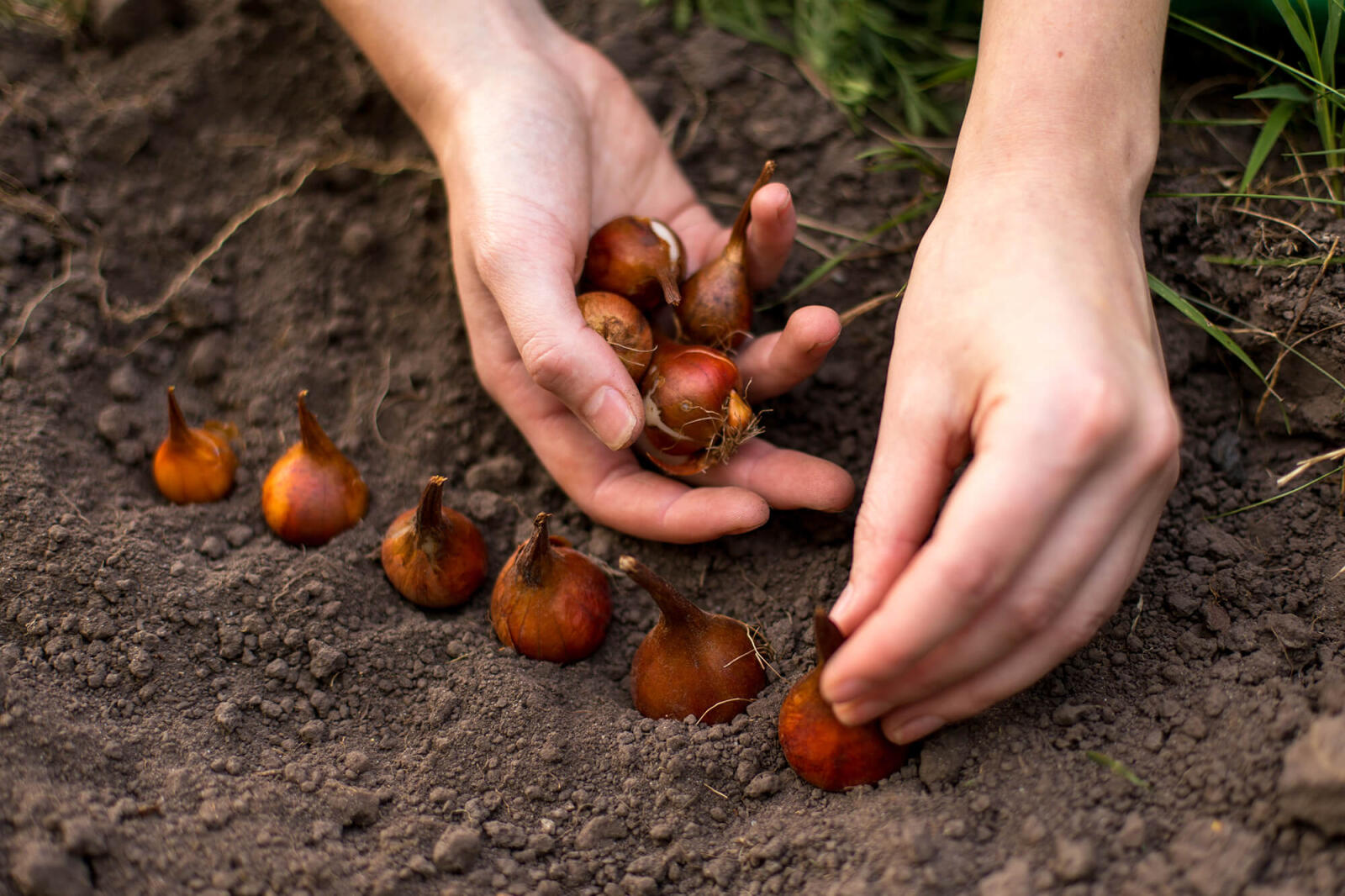After watching our gardens flourish this season and as autumn approaches, it’s time to start preparing for the next bloom. In other words: It’s bulb season.
To successfully ensure a beautiful spring yard, here are five tips you should follow this fall.
Prepare the bed
Preparing a bed for your bulbs isn’t as simple as planting a bulb in a hole. The bed needs to be meticulously prepared — you should remove weeds, loosen the soil, add compost for nutrients and make sure the soil is well-drained to avoid the possibility of rot. Poor soil conditions are often reflected by a weak bloom come spring.
Choose the right bulbs
While many bulbs are planted in the fall, there are some exceptions. For example, plants like daffodils and tulips are better suited for the late summer, while dahlias should be planted in the spring. When planting in the fall, make sure you’re choosing bulbs that are meant to bloom in the spring.
Ditch the fertilizer
After you’ve planted your bulbs of choice they stay dormant until the blooming season. For this reason, there’s no need to fertilize the soil and waste nutrients in the process. Instead, wait until you see the first signs of a bloom and then add fertilizer to supplement root growth.
Choose the right spot to plant
Some bulbs require full sun — at least six hours of direct sunlight per day — while others need shady environments or partial sunlight. It’s important to read the directions to ensure you’ve planted your bulbs in the ideal location.
Timing is everything
Warmer climates may trick your bulbs into blooming in the fall instead of the spring, which makes timing your planting of utmost importance. Spring bulbs require a colder temperature to bloom — an optimal time to plant is around six weeks prior to when you expect the ground to freeze or when nightly temperatures hover around five to 10 C.
